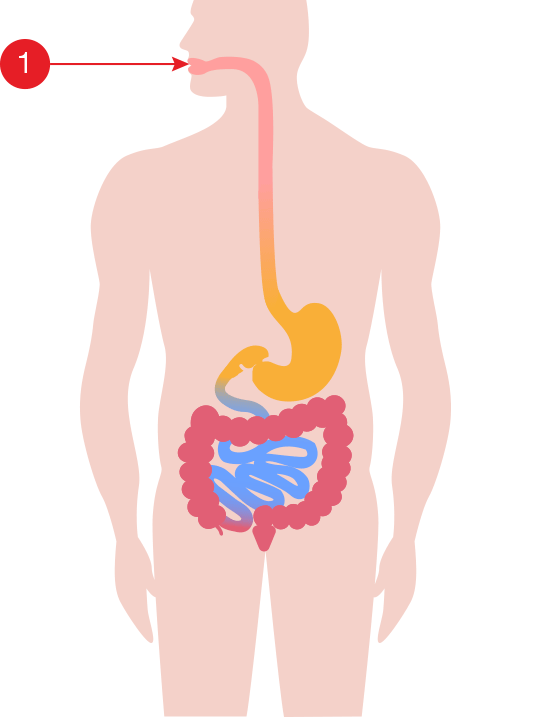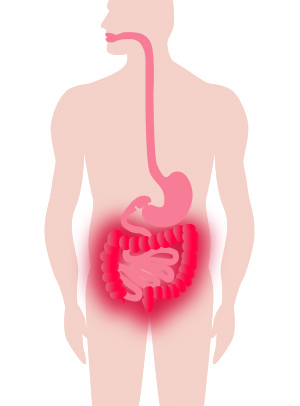Crohn’s and Colitis
| You are currently viewing a revision titled "Crohn’s and Colitis", saved on January 30, 2020 at 7:35 pm by Jes Upop Coordinator . | |||||||||||||||||||||||||||||||||||||||||||||||||||||||||||||
|---|---|---|---|---|---|---|---|---|---|---|---|---|---|---|---|---|---|---|---|---|---|---|---|---|---|---|---|---|---|---|---|---|---|---|---|---|---|---|---|---|---|---|---|---|---|---|---|---|---|---|---|---|---|---|---|---|---|---|---|---|---|
| Title | Crohn’s and Colitis |
||||||||||||||||||||||||||||||||||||||||||||||||||||||||||||
| Content | WHAT ARE CROHN’S AND COLITIS?Inflammatory bowel disease (IBD) describes a group of conditions, the two main forms of which are Crohn's disease and ulcerative colitis. IBD also includes indeterminate colitis. Crohn's disease and ulcerative colitis are diseases that inflame the lining of the GI (gastrointestinal) tract and disrupt your body's ability to digest food, absorb nutrition, and eliminate waste in a healthy manner. Below you fill find more information about the anatomy and function of the gastrointestinal (GI) tract, Crohn's disease and ulcerative colitis.Dr. Mike Evans is founder of the Health Design Lab at the Li Ka Shing Knowledge Institute, an Associate Professor of Family Medicine and Public Health at the University of Toronto, and a staff physician at St. Michael's Hospital. This video was made possible through the Gastrointestinal Society, with the support of Crohn's and Colitis Canada. ANATOMY AND FUNCTION OF THE GI TRACTIn order to understand Crohn's disease and ulcerative colitis, it is first helpful to understand the anatomy and function of the healthy gastrointestinal (GI) tract. Below is a medical illustration of the GI tract. When you eat, food travels through the GI tract in the following order:
Mouth [ 1 ]
Esophagus [ 2 ] (tube that connects the mouth to the stomach)
Stomach [ 3 ] (food is mixed with stomach acid and enzymes to break down the material into smaller pieces called chyme)
Small Bowel [ 4 ] (or the 'Small Intestine') is made up of three sections: Duodenum [ 7 ] (about 8 cm in length); Jejunum [ 8 ] (around 3 metres long); and Ileum [ 9 ] (about 3 metres in length).
The main functions of the colon are to extract water and salt from stool, and store it until it can be expelled via the anus.
Stool is the by-product of digestion through the GI tract. When stool first enters the colon from the small bowel, it is very watery. As it traverses the large bowel, water is reabsorbed and the stool gradually becomes firmer.
In a healthy individual, it is usually composed of water, dead and living bacteria, fiber (undigested food), intestinal mucous, and sloughed-off lining of the gut. It is not normal to have blood in feces, nor large amounts of mucous. Stool from an individual without any gut disease is soft enough to pass comfortably from the rectum and anus, and (depending on the person) is typically expelled one or two times a day.
Bowel movements are an entirely different matter for someone with Crohn's or colitis. Individuals with these diseases face some very real challenges related to feelings of urgency, diarrhea, and bloody stool.
WHAT IS CROHN'S DISEASE
Crohn’s disease is named after the doctor who first described it in 1932 (also known as 'Crohn disease').
Inflammation from Crohn’s can strike anywhere in the gastrointestinal (GI) tract, from mouth to anus, but is usually located in the lower part of the small bowel and the upper colon.
Patches of inflammation are interspersed between healthy portions of the gut, and can penetrate the intestinal layers from inner to outer lining.
Crohn’s can also affect the mesentery, which is the network of tissue that holds the small bowel to the abdomen and contains the main intestinal blood vessels and lymph glands.
WHAT IS ULCERATIVE COLITIS
Ulcerative colitis is more localized in nature than Crohn’s disease. Typically, the disease affects the colon (large intestine) including the rectum and anus, and only invades (inflames) the inner lining of bowel tissue.
It almost always starts at the rectum, extending upwards in a continuous manner through the colon. Colitis can be controlled with medication and in severe cases can even be treated through the surgical removal of the entire large intestine.
WHAT IS INDETERMINATE COLITIS:Indeterminate colitis is a term used when it is unclear if the inflammation is due to Crohn's disease or ulcerative colitis.SYMPTOMS OF CROHN'S DISEASE AND ULCERATIVE COLITISCrohn's disease and ulcerative colitis are (lifelong) diseases. People with these diseases experience acute periods of active symptoms (active disease or flare), and other times when their symptoms are absent (remission). Symptoms can include abdominal pain and cramping; severe diarreha; rectal bleeding; blood in stool; weight loss and diminished appetite. Visit our Signs and Symptoms page for more information.COMPARING CROHN'S DISEASE AND ULCERATIVE COLITISThere are similarities and differences between Crohn's disease and ulcerative colitis. We've already described above how Crohn's disease and ulcerative colitis involve different areas of the gastrointestinal tract. Other characteristics of Crohn's disease and ulcerative colitis that may differ include: symptoms; the effect of surgery; treatment options; complications or extra-intestinal manifestations; and impact of smoking. These characteristics are summarized in the table below:
 |
||||||||||||||||||||||||||||||||||||||||||||||||||||||||||||
| Excerpt | |||||||||||||||||||||||||||||||||||||||||||||||||||||||||||||
| Footnotes |


